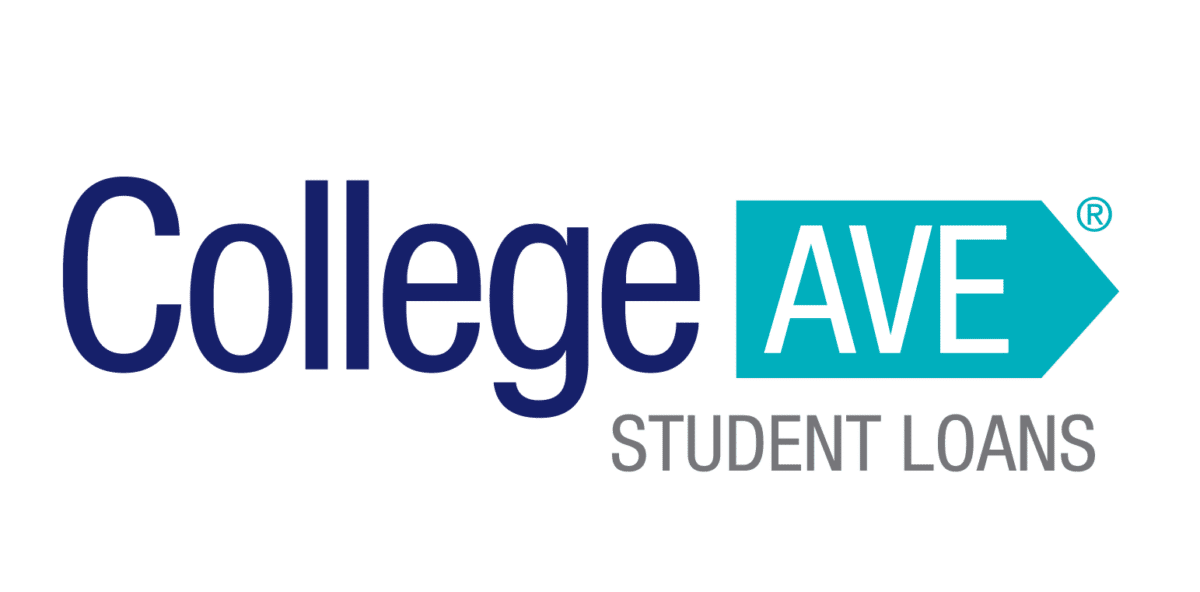
Income share agreements (ISAs) are starting to gain popularity as an alternative way to pay for college.
Stride Funding has become one of the major players in the ISA market, so let’s take a closer look at this product and who it can benefit.
What is an income share agreement?
An income share agreement is another option to pay for college, an alternative to federal and private student loans. It’s a contract between an entity (facilitated by the university or a private group) and a student. The entity pays for an amount of your college education. In exchange, you agree to pay a certain percentage of your gross income over a period of years after graduating.
It sounds in some ways like an Income-Driven Repayment (IDR) plan for federal student loans; however, there are major differences between ISAs and student loans.
The backers of income share agreements are looking to fund education for majors and concentrations with a high employment rate and higher-than-average college graduate salary. That way, the return on investment is likely to be higher and more stable for the investors.
For that reason, ISAs are very common at schools that offer engineering, math-based majors, and other STEM programs, though they are growing in popularity across the United States.
The students receiving the funding might now have the ability to complete their degree even if they weren’t able to qualify for traditional student loans.
In the end, the student receiving the funding pays a certain percentage of their income (determined by their major and how much they get funded) for a defined number of payments over a specified period, typically between five and 10 years.
Payments will continue until you reach whichever of the following occurs sooner: the required number of payments or the maximum payment cap, usually up to 2.5 times the amount funded, after graduating.
Pros and cons of income share agreements
Before diving into Stride Funding, specifically, let’s review the general upsides and downsides of an ISA compared to student loans.
Pros of getting an ISA
- ISAs are shorter in duration than IDR plans: Most ISAs require payments for between two to 10 years, whereas an IDR requires 20 to 25 years of payments.
- Total payments are capped: Many ISAs will end the agreement if the total amount of payments reaches two times the amount funded (e.g., $25,000 funded with a $50,000 payment cap).
- No payments are required if your income is low: Payments won’t be mandatory if your income is below a certain threshold, typically $30,000 to $40,000. IDR plans like PAYE, REPAYE and IBR have low payments on low income too.
- Your past credit is not as big of a factor as your future earning potential: No matter what financial circumstances you have had, ISA funding is primarily dependent upon what lies ahead in your career, which means people who might not otherwise have qualified for funding could.
- They fill a gap and serve as a last resort: If private and federal student loans aren’t available, ISAs could be an alternative funding source to complete your degree.
Cons of ISAs
- There’s no refinancing or prepayment: The terms are the terms. The only way out early is to pay the capped amount. Both private debt and federal student debt can be refinanced to a lower interest rate and paid off faster than ISAs.
- ISAs have an unknown cost of repayment: It is virtually impossible to predict what the total payments would be to fulfill the agreement. Will it be more expensive or less expensive than student loans? You won’t know until it’s done.
- It’s another payment: If someone has federal student loans, private student loans and an income share agreement, they’d have to make three separate payments to pay off their education, which can really eat into their take-home pay. Certain loans, however, can be consolidated into a single payment for easier management.
Stride Funding income share agreement details
Stride Funding can fund tuition for all of the major post-secondary degrees, including associate, bachelor and master degrees, as well as doctoral programs. That is much broader than other ISA providers. Stride Funding seems to be open to many more colleges, universities and majors than other ISA lenders as well.
Stride has particular parameters for its education funding. Here are some of the income share agreement details:
Funding limits
Stride Funding offers up to $25,000 in funding per academic year. The default funding options when applying are $10,000, $20,000 and $25,000.
Percentage of income
Students who get funding through a Stride ISA will be required to pay 2% of their income or more per $10,000 borrowed. This percentage is typically based on what the future income is projected to be for the student’s major and field.
Repayment terms and repayment cap
The Stride ISA payback period usually lasts between five and seven years. The term is dependent on school, major, funding amount and graduation year.
The payback is capped at two times the amount funded. So, for example, if you receive $20,000, your payment cap would be $40,000.
Grace period and minimum income threshold
There is a three-month grace period after graduation during which no payments are required.
If your income drops below $40,000 at any point, payments do not have to be made.
Eligibility
You must be a U.S. citizen attending a school in the U.S. No cosigner or minimum credit score is required.
How to apply for a Stride Funding income share agreement
Before applying for an income share agreement with any company, be sure to check out your federal student loan and private student loan options.
After doing that, if you determine that an ISA is a better fit for your circumstances, you can apply for Stride Funding. Stride Funding’s application process will ask you for the following information:
- Type of degree (associate, bachelor, master or doctorate)
- School
- Major
- Funding date
- Graduation date
- How much funding you need
- Name, address, phone number, email address, citizenship status
After you provide that information, the company will send you a quote.
Run the quote through an ISA calculator to see your projected total cost. Take a look at the expected repayment cost if you were to earn the average salary for your major, the lower-end salary or the higher-end salary.
If you want to compare the funding amount and projected repayment to what it would look like if you took out federal student loans, check out our free calculator to run the numbers and compare them to an ISA.
Is Stride Funding worth it?
Stride Funding appears to be a fine solution if you’re looking for an income share agreement.
You should exhaust federal and private student loan options, scholarships and grants first, however. Take a look at all of your options and make the best choice for your situation.
Comparing these options is especially important if you’re looking to fund more than you’re projected to earn or if you could be eligible for Public Service Loan Forgiveness (PSLF). Try to avoid ISAs if you could qualify for PSLF because federal student loans may be a much better choice.
The implied interest rate on an ISA can be 9% or more, which may be higher than most private loans, so if federal loans won’t cover your education costs, explore and apply for private student loans to see what terms you can get. In other words, an ISA should be a last resort.
As you review all of your options for funding your education, pay close attention to the terms that are offered to you. With so many lenders to choose from, you need to make sure you’re working with a reputable company and getting the least costly repayment terms you can get.
If you’re looking for an example comparing income share agreements to federal and private loans, check out this article on ISAs that I wrote so you can learn more.
| Lender Name | Lender | Offer | Learn more |
|---|---|---|---|
| Sallie Mae |

|
Competitive interest rates.
|
Fixed 4.50 - 15.69%
Variable 6.37 - 16.78%
|
| Earnest |

|
Check eligibility in two minutes.
|
Fixed 4.67 - 16.15%
Variable 5.87 - 18.51%
|
| Ascent |

|
Large autopay discounts.
|
Fixed 4.09 - 14.89%
Variable 6.22 - 15.20%
|
| College Ave |

|
Flexible repayment options.
|
Fixed 4.07 - 15.48%
Variable 5.59 - 16.69%
|
